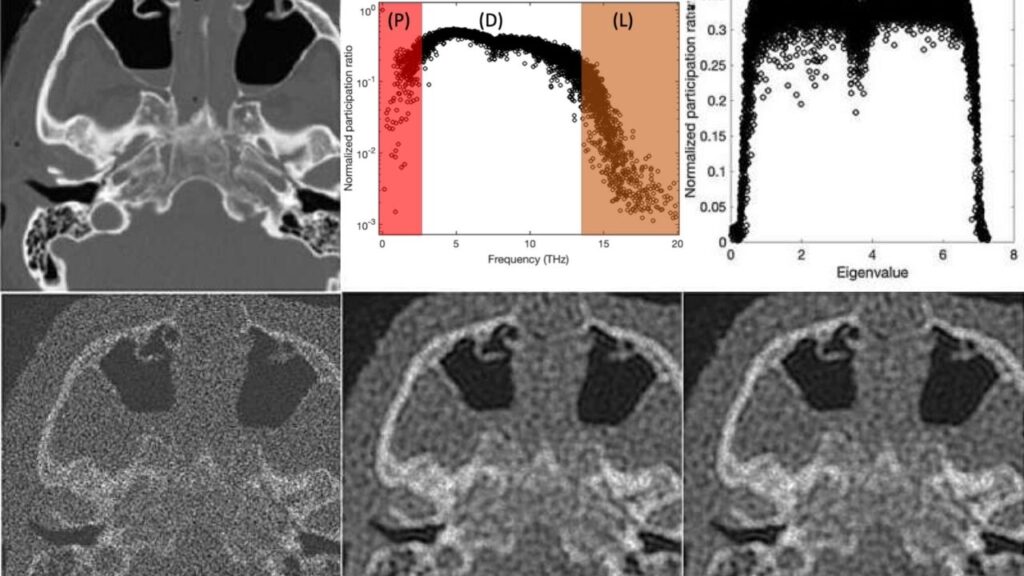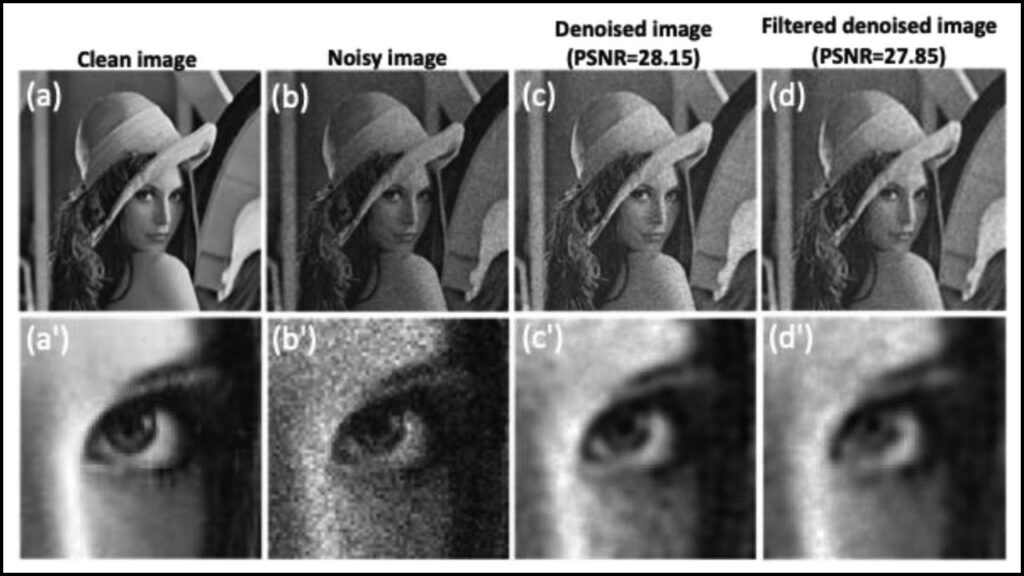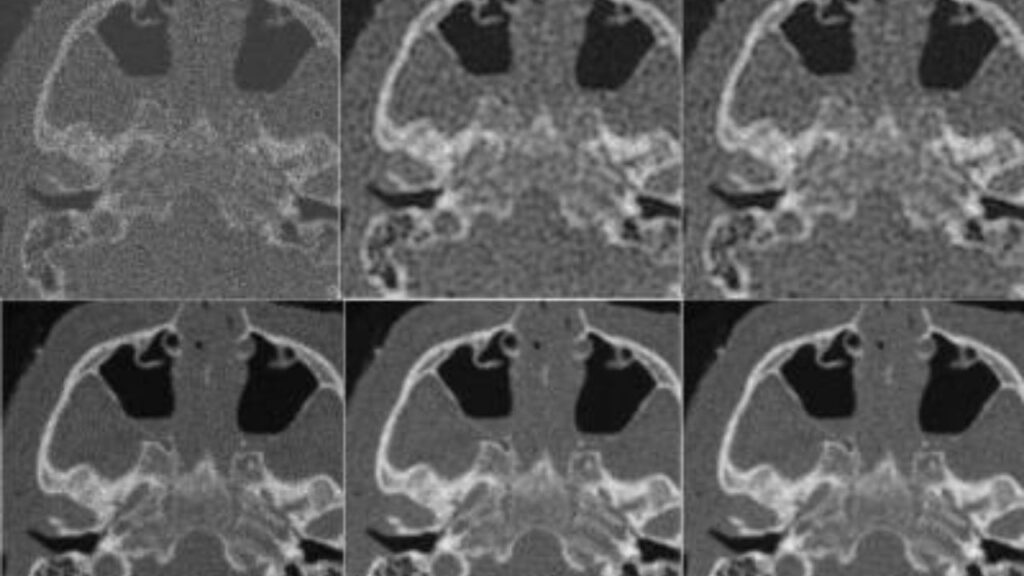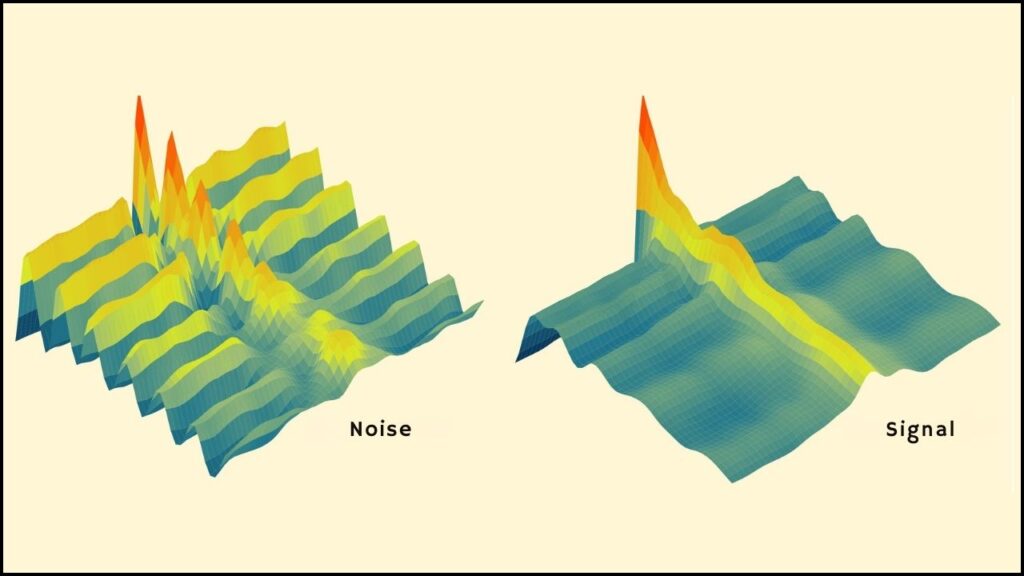Medical images like ultrasounds and MRIs hold vital clues to patient health. But these images often come with unwanted background noise—fuzzy or blurry parts—that make it harder for doctors to see crucial details. What if we could clear up that noise and sharpen those images without complicated, slow, or error-prone processes? A revolutionary new method using quantum-inspired mathematics and a pixel-particle analogy promises to do just that, transforming how medical imaging works today.

In this article, we’ll explore this cutting-edge technology in a way that’s easy to understand—so even a 10-year-old can follow—and also detailed enough to be valuable for healthcare professionals, biomedical engineers, and researchers. We’ll cover the science behind this innovation, its practical benefits, and how it is likely to shape the future of medical diagnosis and quantum computing applications.
Table of Contents
Quantum-Inspired Math Sharpens Noisy Medical Images With Pixel-Particle Analogy
| Topic | Details |
|---|---|
| Core Idea | Applying quantum physics principles, especially quantum localization, to separate clean anatomical information from noise in medical images. |
| Main Advantage | Automatic noise removal from medical images without manual parameter tuning or costly computations. |
| Type of Images Improved | Ultrasound, MRI, nuclear medicine modalities like PET and SPECT. |
| Institutions Involved | Massachusetts General Hospital, Harvard Medical School, Weill Cornell Medicine, GE HealthCare, Université de Toulouse. |
| Scientific Basis | Treating image pixels like localized quantum particles vibrating in confined space; noise pixels vibrate diffusely. |
| Impact on Medical Field | Sharper images with less noise improve diagnostic accuracy, potentially leading to better patient outcomes. |
| Relevance to Quantum Computing | Bridges image processing with quantum technologies, paving way for future quantum algorithms in medical imaging. |
| Research Publications | Papers published in AIP Advances and other scientific journals demonstrating superior or comparable denoising performance without hyperparameter tuning. |
| Official Reference | Massachusetts General Hospital Research |
The quantum-inspired pixel-particle analogy for medical image denoising is a breakthrough that blends physics with medicine. By using quantum localization to differentiate between meaningful anatomy and random noise, doctors can get clearer images without extra scan time or complex setup. This advancement promises better accuracy in diagnosis, smoother workflows for hospitals, and even connections to the future of quantum computing in healthcare.
What Is Image Noise and Why Does It Matter?
When you take photos with a camera, sometimes you get grainy or fuzzy spots. The same happens with medical images but due to various reasons like low illumination, device limitations, or patient movement. This noise blurs the image, obscuring tiny but important structures such as blood vessels or tumors.

Two main problems arise due to image noise:
- Diagnostic Difficulty: Doctors find it harder to interpret noisy images accurately.
- Treatment Risks: Misdiagnosis can lead to incorrect or delayed treatment.
Traditional noise-removal methods often struggle because they require manual tuning of multiple parameters, depend heavily on machine learning with large datasets, and can be computationally expensive. Furthermore, noise patterns in medical images are complex and unpredictable.
Quantum-Inspired Approach: The Pixel-Particle Analogy Explained
Imagine pixels in a clear image as tiny quantum particles vibrating steadily but confined in their positions—this is called localization. Noise pixels, in contrast, move chaotically and spread their vibrations everywhere—they are diffused.

Scientists leverage quantum localization—a phenomenon describing how particles remain confined rather than spreading out—to identify and separate the “good” localized signals (true anatomy) from the “bad” diffused noise.
How Does It Work?
- Modeling the Image: The medical image is treated like an amorphous structure, similar to materials studied in condensed matter physics.
- Pixel Behavior Analysis: Using equations inspired by quantum mechanics, the method analyzes each pixel’s behavior—whether it is localized (signal) or diffused (noise).
- Automatic Filtering: The algorithm uses these differences to remove noise automatically without manual tuning.
- Output: The result is a cleaner, sharper image showing finer anatomical details.

Practical Benefits for Medical Imaging
- Improved Image Quality: Enables clearer viewing of fine structures for better diagnoses.
- Parameter-Free Operation: Eliminates manual guesswork in image processing.
- Faster Processing: Gets results quicker, streamlining hospital workflows.
- Versatility: Works on MRI, ultrasound, and nuclear medicine imaging.
- Consistent Results: Delivers accuracy without requiring separate models for different patients or machines.
Real-World Applications
- Ultrasound: Removes speckle noise, making tissue textures more visible.
- MRI: Improves contrast in brain, heart, and organ scans.
- Nuclear Medicine: Enhances PET/SPECT image clarity even with low signal levels.
- Research Imaging: Gives scientists better visual data for medical studies.
Step-by-Step Guide to Quantum-Inspired Medical Image Denoising
Step 1 – Acquire Raw Images: Start with the original MRI, ultrasound, or PET/SPECT scans.
Step 2 – Model as a Particle System: Map pixel intensities into a quantum-mechanics-inspired model.
Step 3 – Analyze Localization: Determine whether each pixel’s behavior is localized or diffused.
Step 4 – Separate Signal and Noise: Keep localized pixels, discard diffused ones.
Step 5 – Filter and Rebuild: Combine the preserved data to create the final clear image.
Breakthrough in Quantum Dot Technology Enables Passive Two-Photon State Generation
Scientists Freeze Quantum Motion Without Cooling — A Physics First
Special Diamond Could Unlock the World’s First Fully Open-Source Quantum Sensor
FAQs About Quantum-Inspired Math Sharpens Noisy Medical Images With Pixel-Particle Analogy
Q1: How is this better than AI-based denoising?
It’s physics-based, does not require training datasets, and is fully interpretable.
Q2: Will it work for all medical image types?
Yes, especially in noisy modalities like ultrasound, PET, and low-field MRI.
Q3: Is it already being used in hospitals?
It’s in advanced research phases but could be integrated into commercial software in the near future.
Q4: Can it shorten scan times?
Indirectly yes, by allowing faster scans that may still produce usable clear images after denoising.
Q5: Does it require quantum computers?
No, but similar principles could be accelerated by future quantum processors.



















